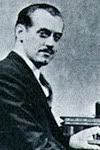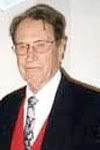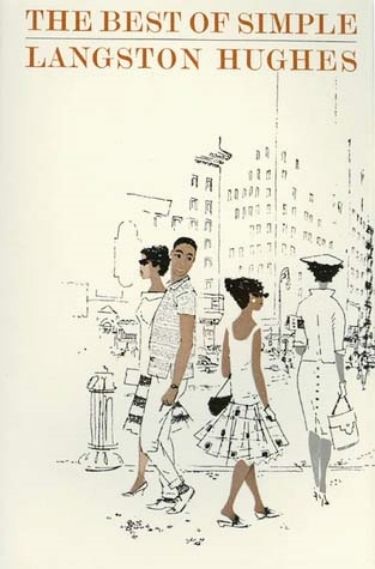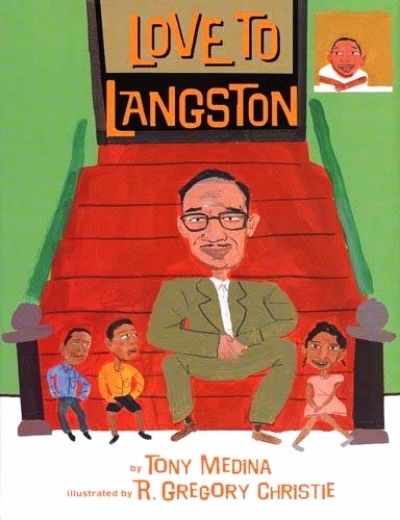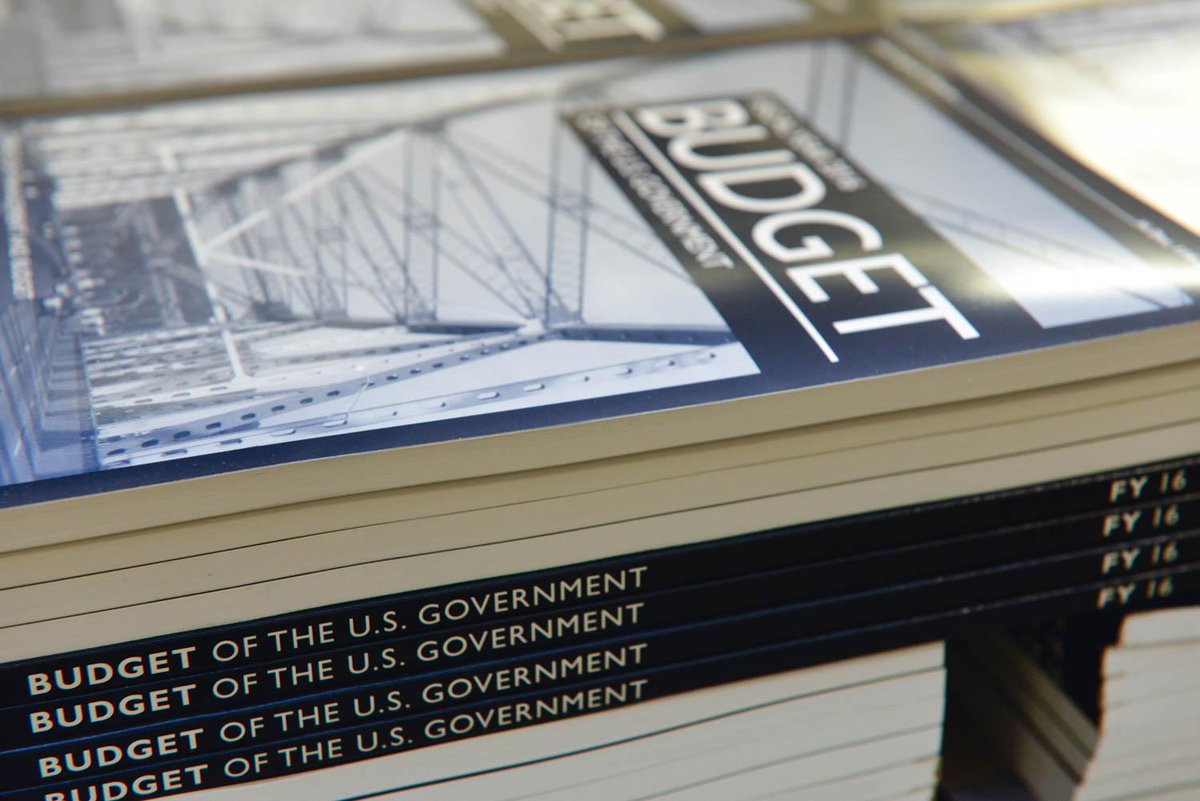I post a weekly diary of historical notes, arts & science items, foreign news (often receiving little notice in the US) and whimsical pieces from the outside world that I often feature in “Cheers & Jeers”.
OK, you’ve been warned – here is this week’s tomfoolery material that I posted.
ART NOTES – an exhibition entitled Looking at Women is at the Brooks Museum Of Art in Memphis, Tennessee through February 22nd.

HAIL and FAREWELL to Frank Borghi – the goalkeeper on the US squad that was badly outplayed … but defeated England 1-0 (that shocked the World Cup of 1950 in Brazil) – who has died at the age of 89. It also turns out that (as a WW-II medic) he bandaged the shrapnel wounds of a fellow soldier from St. Louis near Remagen, Germany … who turned-out to be future sports broadcaster Jack Buck. With the death of Frank Borghi, the only survivor from that 1950 team is Walter Bahr – later a successful soccer coach at Penn State and the father of future Super Bowl champion placekickers Matt Bahr and Chris Bahr.
Also to several other sports figures: pro golfer Charlie Sifford – who had to challenge the PGA’s formal exclusion of blacks (which lasted until 1961) at age 92 ….. plus the NBA referee Norm Drucker – the only official ever to eject Wilt Chamberlain from a game – at age 94 … and the former University of North Carolina basketball coach Dean Smith – long-known for his liberal politics in the conservative sports world – who has died at the age of 83.
Next, the musician Joe Mauldin – the bassist in Buddy Holly’s back-up band The Crickets – at age 74 …. the woman who launched the professional skin-care business almost single-handedly in the US, Christine Valmy – who was unable to practice law in her native Romania due to Soviet-era restrictions – at age 88 …. and finally, to David Landau – an editor of the Israeli newspaper Haaretz, a firm supporter of the two-state solution and a better understanding of Israel around the world – who has died at the age of 67.
THURSDAY’s CHILD is Marissa the Cat – a North Carolina kitteh who survived three hours in a house fire (hiding in a wall) … and after being treated for smoke inhalation, is expected to escape with some burn marks and an injured eye.

THE OTHER NIGHT yours truly hosted the Top Comments diary with a look at the feud between the makers of the Hammond B-3 organ and the Leslie speaker – a musical match match made in heaven – which many rock and jazz organists will confirm – but which incredibly (for decades) the two firms were at odds with each other.
THE NEWLY-ELECTED prime minister of Greece (elected on an anti-austerity platform) has met with a natural ally, the center-left Democratic Party prime minister of Italy, Matteo Renzi – who said, “I spent my first year as a first minister accused of being a dangerous leftist man” …. which some members of the US Democratic Party can probably relate to.
SHOULD HE BE SERIOUS about launching a presidential bid: it seems that Ben Carson will need to walk-back some viewpoints contained in his two most recent books (about deportations, alternative fuels, the Glass-Steagall Act, green technologies and Wall Street) … which he may have already begun to do so.
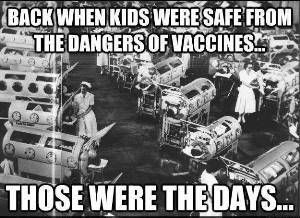
POLITICAL NOTES – Tony Abbott, the unpopular right-wing prime minister of Australia is in danger of losing his post this coming week in Parliament, after a number of mis-steps … including his decision to confer an Australian knighthood on Britain’s Prince Phillip – garnering derision from many quarters (even from your-friend-and-mine, Rupert).
FRIDAY’s CHILD is Jaffy the Cat – one of three English hero kittehs who constantly followed around a fifty-five year-old woman and sat on her lap, poking at her abdomen … who turned-out to have a rare form of cancer of the appendix (usually not detected until it is too late).

ALTHOUGH best known for his super spies and villains: 50 years ago, James Bond creator Ian Fleming wrote a bedtime story for his young son about a magical flying car … and in Chitty Chitty Bang Bang, he created one of the best-loved stories in children’s fiction.
BRAIN TEASER – try this Quiz of the Week’s News from the BBC.
OLDER-YOUNGER BROTHERS? – veteran Boston radio host Jose Masso – last year inducted into the Massachusetts Broadcasters Hall of Fame – as well as Rep. Keith Ellison (D-MN).


…… and finally, for a song of the week ………………………… when initial (and as of then, unconfirmed) reports of his death surfaced early this week: I was surprised to learn that while I had often cited him before, I had never written a profile of the R&M singer Don Covay – whose songs are better known when performed by others and who (as the All-Music Guide’s Jason Ankeny noted) had a scope and diversity (from rock to deep soul) no doubt prevented him from having consistent commercial success in his own right. But he had an especially major influence on one English singer ……… and so for a multitude of reasons: it’s time to tell his story.
Born Donald Randolph in South Carolina in 1936, his Baptist minister father died when Don was only eight years old. Afterwards, the family relocated to Washington, D.C. where at age fifteen he joined a doo-wop group called The Rainbows – although he was there only two years and never performed with a sometime-guest singer named Marvin Gaye (contrary to some reports).
He obtained work as a chauffeur to Little Richard and often worked as his opening act. From 1957-1961 he released several R&B singles (such as “If You See Mary Lee” and “Standing in the Doorway”) that garnered only modest success. He began to concentrate on songwriting, and his composition “Pony Time” went on to be a #1 hit for Chubby Checker.
This gained him recognition from the executives at the legendary Brill Building and he wrote material for their songwriting factory. Beneficiaries included Solomon Burke (“I’m Hanging Up My Heart for You”), Gladys Knight and the Pips (“Letter Full of Tears”), Wilson Pickett (“I’m Gonna Cry”) and old friend Little Richard (“I Don’t Know What You’ve Got but It’s Got Me”).
His breakthrough single came with 1964’s Mercy, Mercy – with a then-unknown Jimi Hendrix on guitar. A year later, the Rolling Stones recorded the tune …. but just listen to Don Covay’s original recording at this link – and you will quickly learn who Michael Philip Jagger’s main influence as a young singer was.
Covay signed with Atlantic Records in 1965 and his time spent with Booker T and the MG’s proved to be his first successful period (and where he found a sometime songwriting partner in MG’s guitarist Steve Cropper). “Please Do Something” gained some airplay and his follow-up See-Saw became his highest-charting song of the 1960’s (reaching #5 on the R&B charts and #44 on the pop charts).
Alas, he could not sustain the momentum: and returned to songwriting for others on the side. In 1967, Aretha Franklin scored a #2 hit with Don Covay’s Chain of Fools – that Covay had actually written a dozen years earlier (and whose own recording of had flopped, miserably). Covay also wrote hits for Etta James (“Watch Dog”) and Otis Redding (“Think About It” and “Demonstration”).
In 1968, he formed a supergroup The Soul Clan with four other soul music stars: Solomon Burke, Joe Tex, Ben E. King and Arthur Conley. Wow. Hard to believe, but only one of their songs (Soul Meeting) could even reach the R&B Top 40. After the band disintegrated, Covay formed a band with former Shirelles guitarist Joe Richardson and folksinger John Paul Hammond called Jefferson Lemon Blues Band – an unsuccessful attempt to join the burgeoning blues-rock music trend, though they did release two albums before ending in 1970.
In 1972, Don Covay became an executive at Mercury Records, and while there recorded the album Super Dude – a more mature sound that enjoyed some success, with singles “I Was Checkin’ Out, She Was Checkin’ In” and “Somebody’s Been Enjoying My Home” and a 1975 release that featured a Gospel-inspired “It’s Better to Have (And Don’t Need)” along with “Rumble in the Jungle” … yes, based upon the Ali-Foreman heavyweight title bout. But the rest of the decade he floundered (even with production help from Gamble & Huff) and was inactive in the music business for several years.
In 1986, the Rolling Stones asked Don Covay to sing harmony on their 1986 recording Dirty Work and as a result Don Covay was able to perform on the oldies circuit until suffering a stroke in 1992 at the age of 56 (although he never completely stopped writing songs). The next year, a tribute album – featuring musicians such as Robert Cray, Ron Wood, Iggy Pop, Todd Rundgren, Gary ‘U.S.’ Bonds and Ben E. King won wide praise for bringing Covay’s music catalog to a wider audience.
The following year (1994) he was awarded a Pioneer Award by the Rhythm & Blues Foundation – but was unable to receive it in person due to his stroke. His health gradually improved and he was finally able to receive his prize in the year 2000: arriving at the Philadelphia banquet in a wheelchair-accessible van … given to him by the Rolling Stones.
That same year, he was able to record his final album Ad Lib – mainly new material, along with some reworkings of “Mercy, Mercy” and his own definitive version of “Chain of Fools” – with guest musicians such as jazzman Lee Konitz, Huey Lewis, Ann Peebles, Paul Rodgers (of Bad Company), Wilson Pickett and Savoy Brown guitarist Kim Simmonds. After a twenty-five year hiatus, it was a good valedictory effort. There is also a 1994 career retrospective album containing his major works.
Don Covay died in Long Island, New York on Saturday, January 31 at the age of 78.
He has been nominated for induction for the Songwriters Hall of Fame and if he does make it: it will be due to the success of the songs others made famous. Besides the numerous cover versions already mentioned: others who recorded his material include “You Can Run But You Can’t Hide” (Jerry Butler), “The Usual Place” (J. Geils Band), “Take This Hurt Off Me” (Small Faces), “Mr. Twister” (Connie Francis) and was name-checked by Bobby Womack (on I Was Checking Out).



I first saw the name Don Covay on the writer’s credit for a song on the first Steppenwolf album (released in January, 1968) called Sookie Sookie – which was co-written with Covay by Steve Cropper. It was not a hit for Don Covay, but often served as an opening concert song for Steppenwolf. You can listen to the Steppenwolf version at this link and even a funky instrumental version by jazz guitarist Grant Green at this link … and below here is how Don Covay sang it in 1966, nearly fifty years ago.
You really got it bad, child
drink a bottle of turpentine
When you wake up in the morning
you’ll be feeling kinda fineYou better watch your step girl,
don’t step on that banana peel
If your foot should ever hit it,
you’ll go up to the ceilingLet it hang out baby, do the Baltimore jig
Let it hang out baby, boomerang with me
Sookie, Sookie, Sookie, Sookie, Sookie, Sookie, Sue

